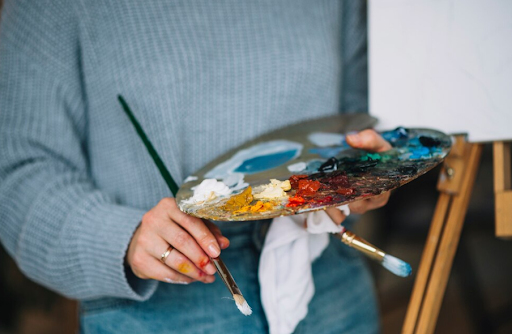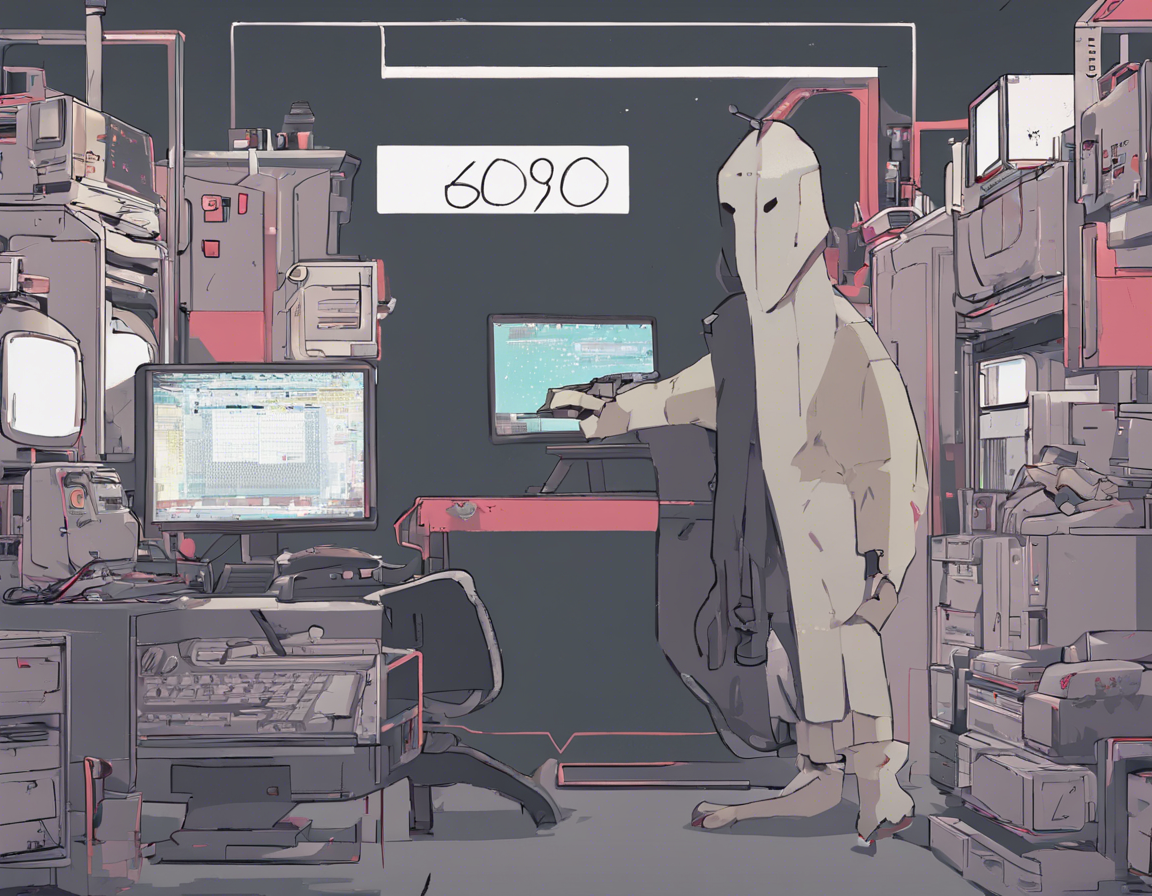
Fine art has long been revered not only for its aesthetic appeal but also for its ability to hold and appreciate value over time. In recent years, investing in fine art prints has emerged as a popular avenue for both seasoned collectors and newcomers to the art market. Combining the allure of artistic beauty with the potential for financial gain, fine art prints offer a unique investment opportunity that transcends traditional asset classes.
What are Fine Art Prints?
Fine art prints are reproductions of original artworks created using various printing techniques such as lithography, etching, screen printing, or digital printing. Unlike mass-produced posters, fine art prints are typically produced in limited editions, each signed and numbered by the artist, thereby enhancing their exclusivity and value. These prints faithfully capture the essence of the original artwork, making them accessible to a broader audience while preserving the artist’s vision and craftsmanship.
Beauty and Aesthetic Appeal
One of the primary reasons collectors are drawn to fine art prints is their inherent beauty and aesthetic appeal. Whether it’s a vibrant abstract composition, a serene landscape, or a thought-provoking portrait, fine art prints bring the mastery and creativity of renowned artists into homes, offices, and galleries worldwide. Each print embodies the artist’s unique style and technique, evoking emotions and sparking conversations that transcend cultural and linguistic boundaries.
Value and Investment Potential
Beyond their visual appeal, fine art prints offer significant investment potential. Unlike original paintings that can be prohibitively expensive, prints provide an affordable entry point into the art market. The limited nature of fine art prints ensures their scarcity, driving demand among collectors seeking to diversify their investment portfolios with tangible assets.
Moreover, the value of fine art prints can appreciate over time, influenced by factors such as the artist’s reputation, historical significance, and market trends. Established artists whose original works command high prices often see their prints increase in value as well, especially if they are part of a limited edition or are signed by the artist. For investors, this potential for capital appreciation adds a layer of financial incentive to the intrinsic value of owning art.
Preservation of Cultural Heritage
Investing in fine art prints also plays a crucial role in preserving cultural heritage. By supporting artists and art institutions, collectors contribute to the conservation and promotion of artistic traditions that enrich societies globally. Fine art prints serve as archival records of artistic expression, documenting trends, movements, and perspectives that shape our understanding of history and contemporary culture.
Accessibility and Versatility
Unlike original artworks that may be confined to museum walls or private collections, fine art prints offer accessibility and versatility. They can be displayed in diverse settings, from residential interiors to corporate offices and public spaces, enhancing aesthetic environments and fostering creativity and inspiration. Collectors can curate personal galleries of prints that reflect their tastes and interests, creating curated spaces that reflect their appreciation for fine art.
Conclusion
Investing in fine art prints merges the realms of beauty and value, offering collectors a tangible connection to artistic excellence and the potential for financial growth. Whether purchased for personal enjoyment, cultural enrichment, or as part of a diversified investment strategy, fine art prints stand as enduring testaments to creativity, craftsmanship, and the enduring allure of visual art. As the art market continues to evolve, fine art prints remain a timeless choice for those seeking to enrich their lives and portfolios with the transformative power of art.







